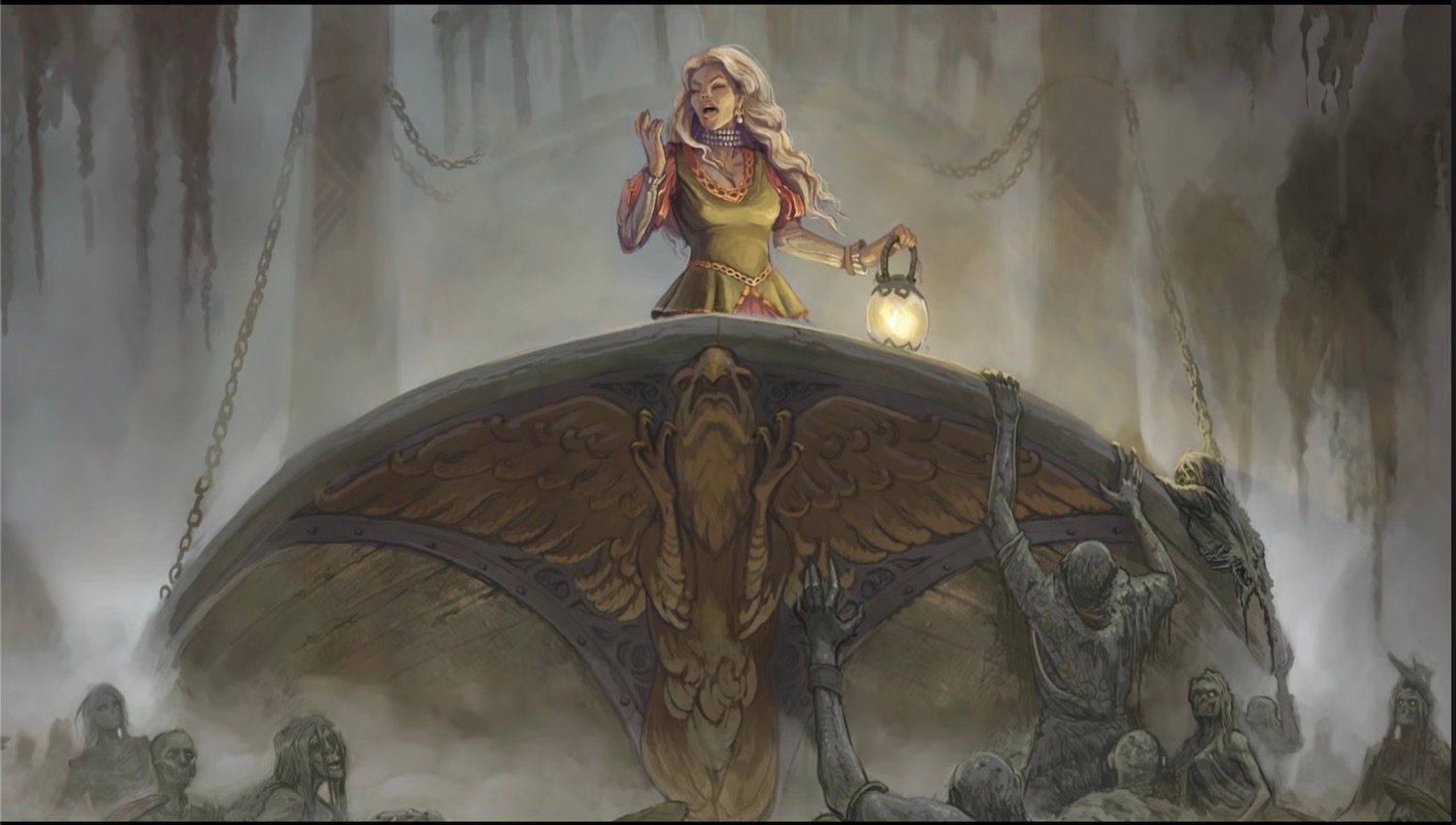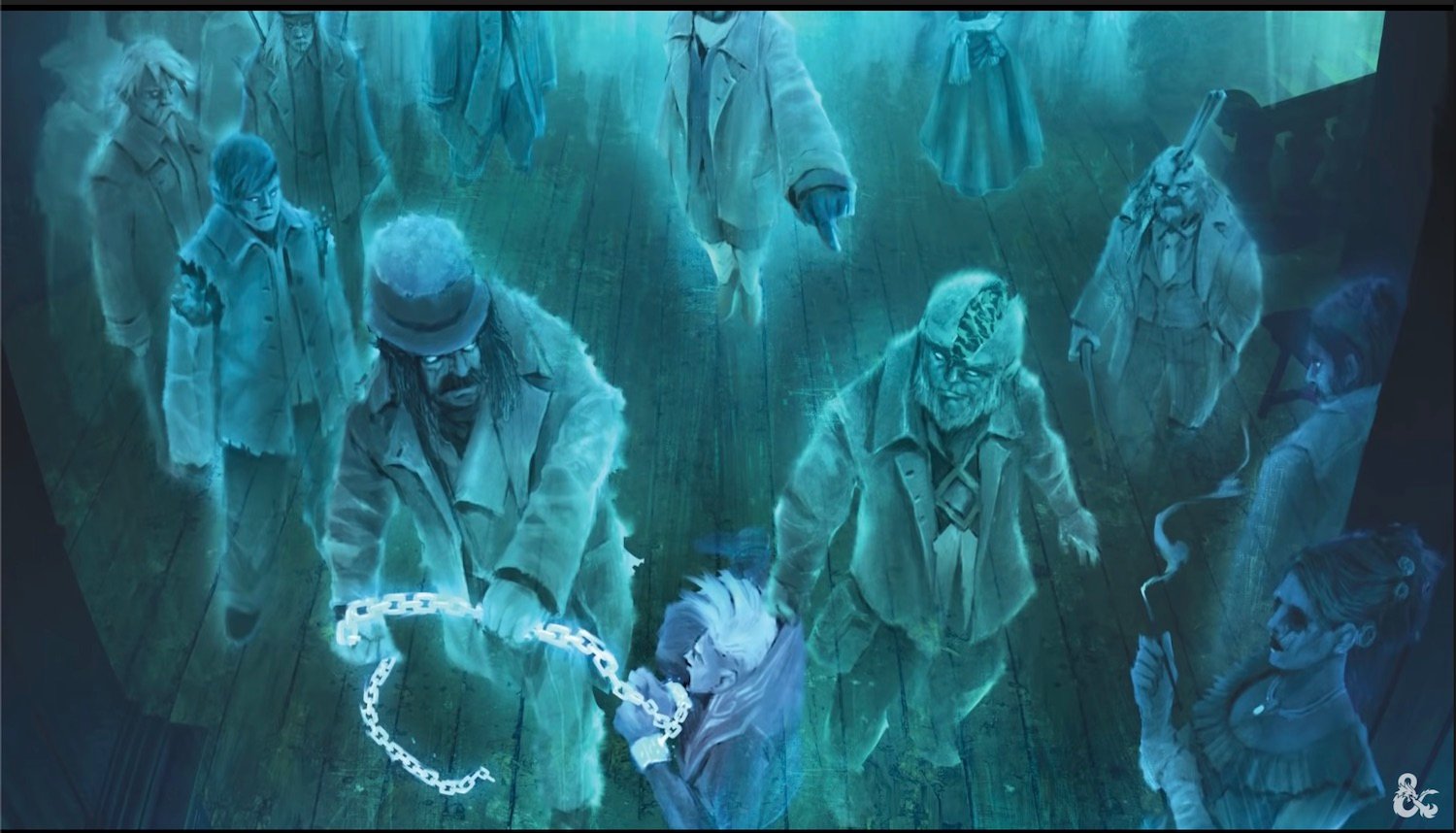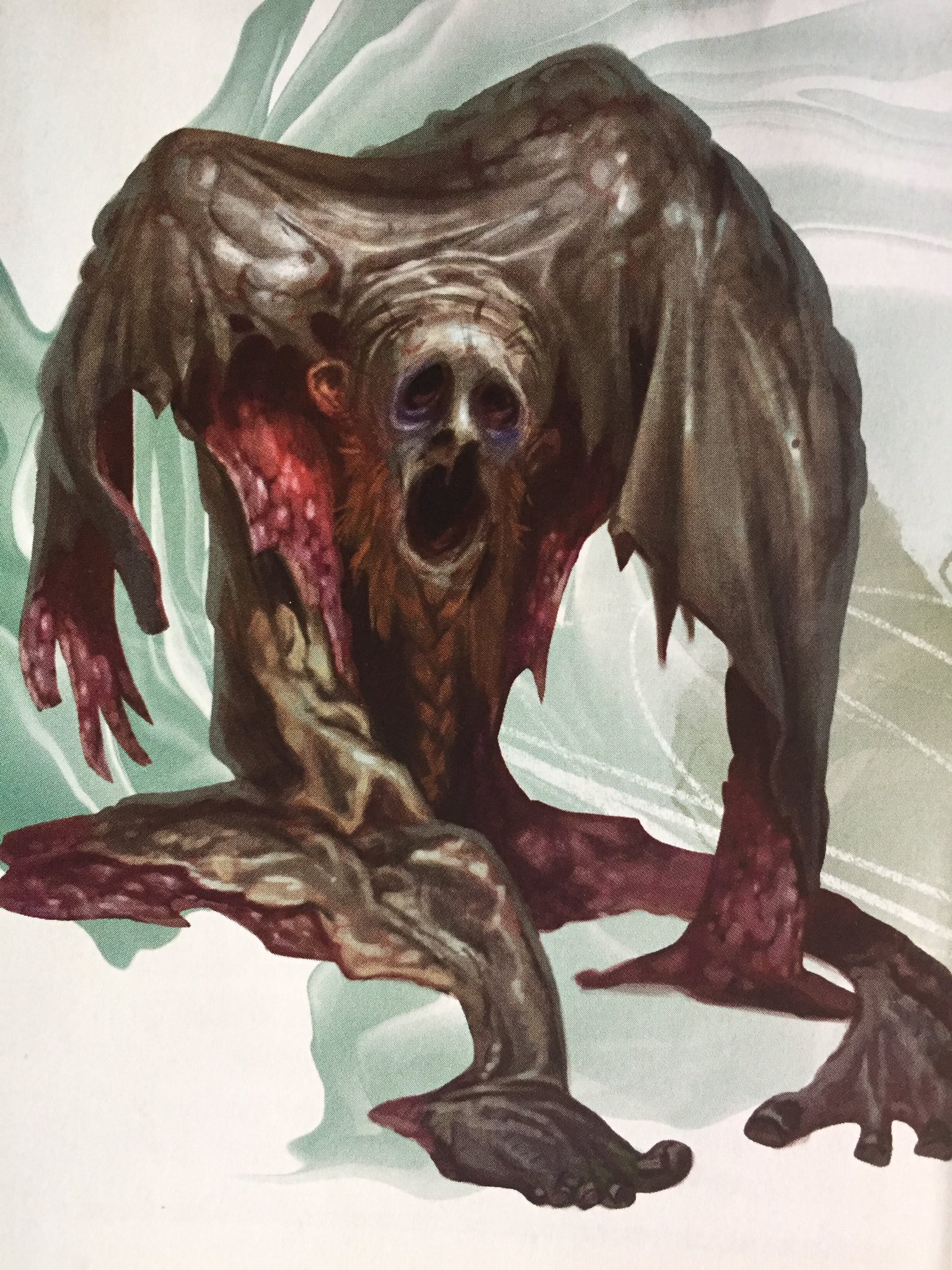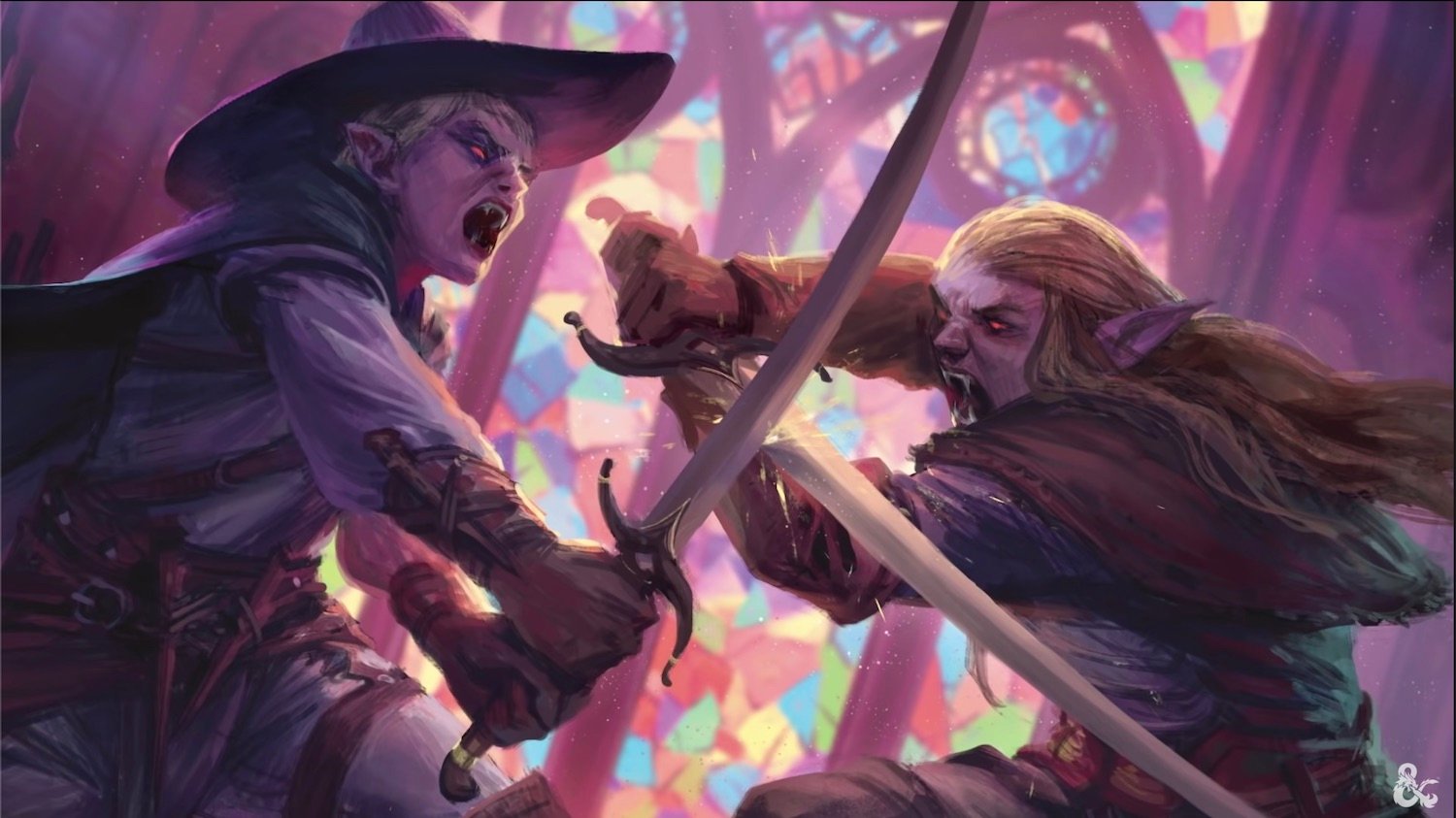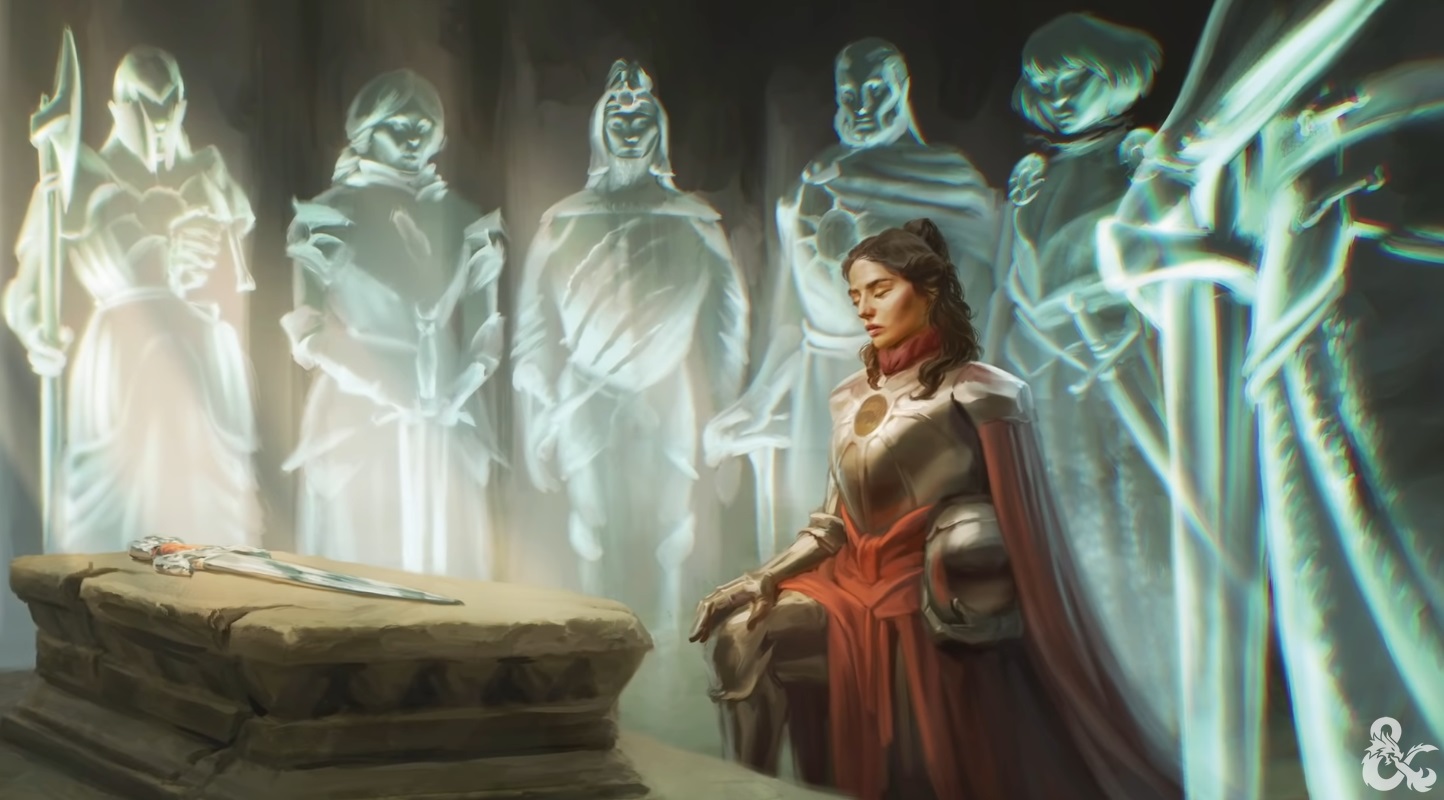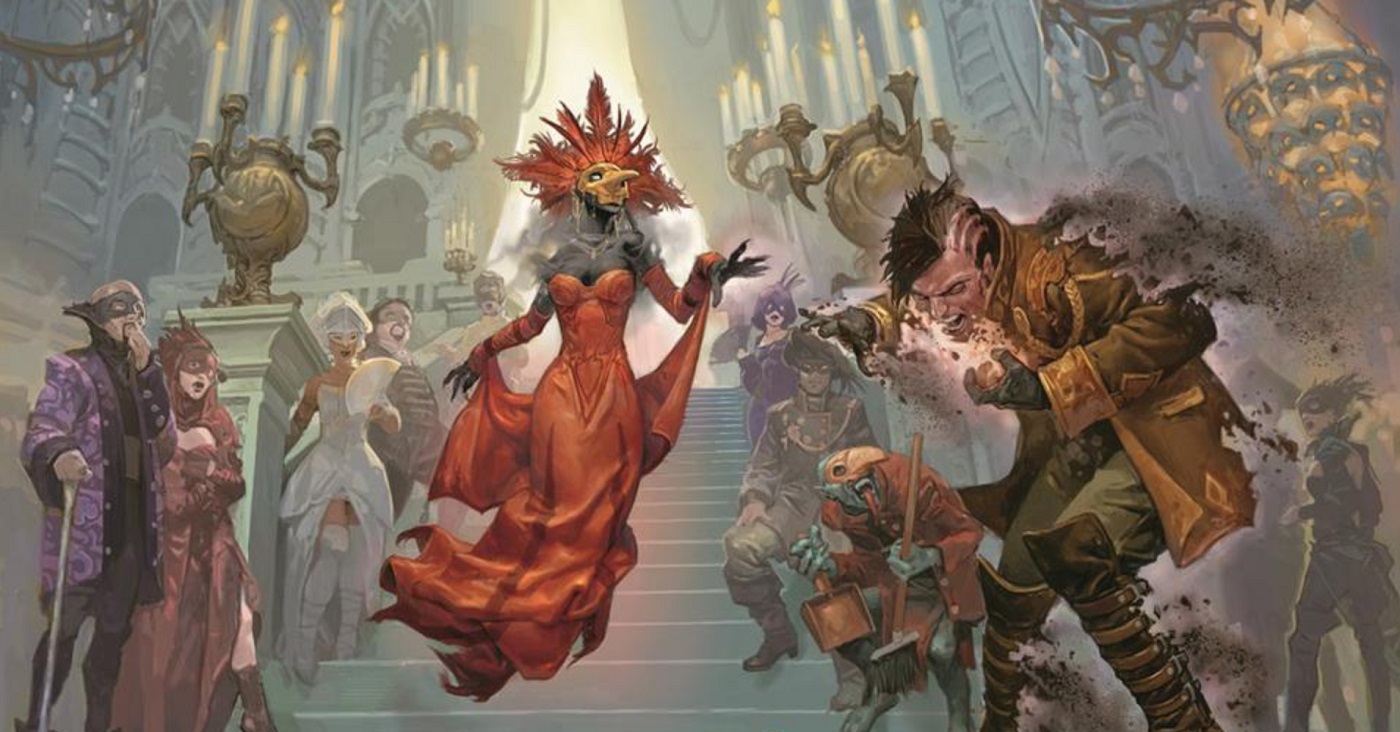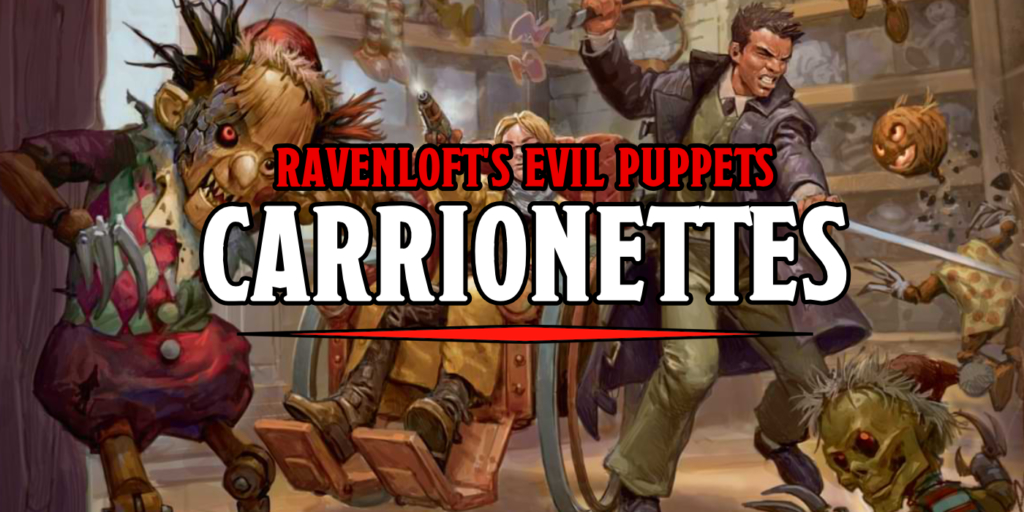D&D: Van Richten’s Guide To Ravenloft – The BoLS Review
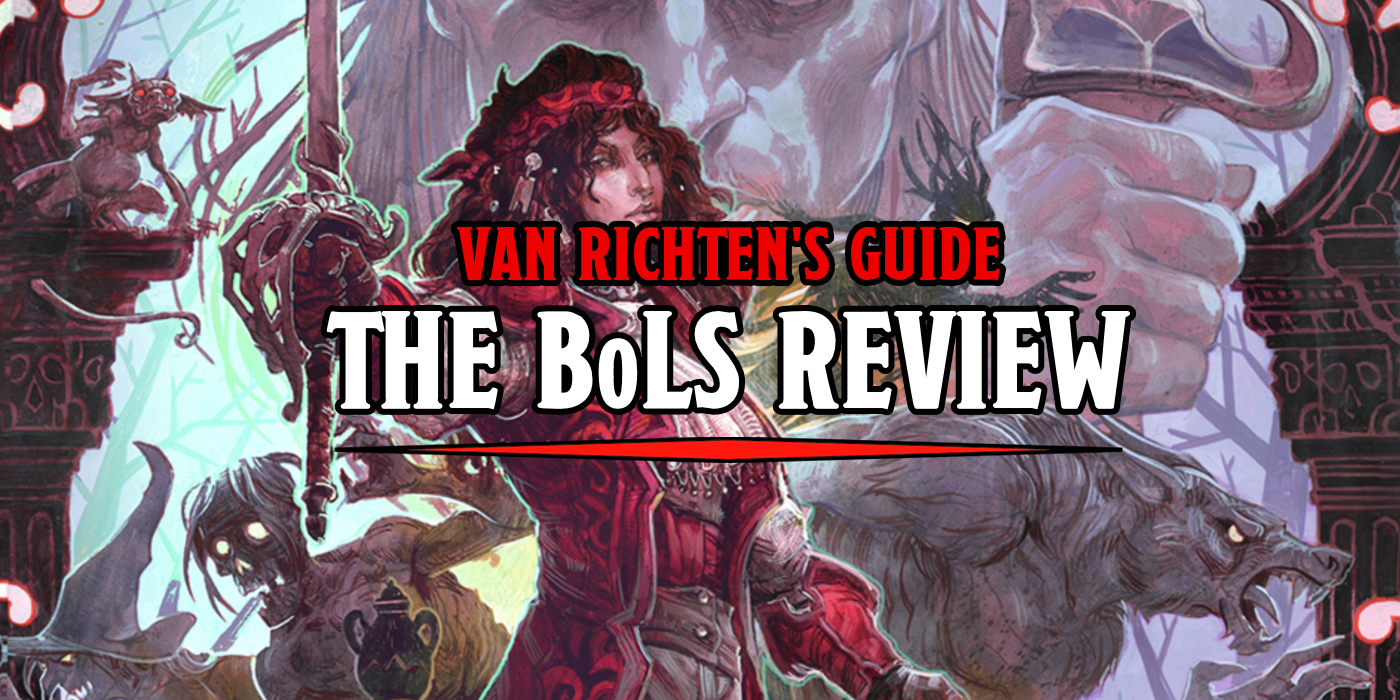

Van Richten’s Guide to Ravenloft brings a world of horror to Dungeons & Dragons, but is the book thrilling? Or chilling? Here’s our review.
Van Richten’s Guide to Ravenloft opens the doors to the Demiplane of Dread. This is one of the most anticipated new Dungeons & Dragons books in a while, folks, and there’s good reason. This is the first of (hopefully) many ‘classic’ setting books, which D&D fans have been clamoring for since the release of 5th Edition. Worlds that were once a part of D&D’s long history evoke a sense of eagerness within longtime fans.
Worlds like the post-apocalyptic fantasy world of Dark Sun, or the space operatic sword-and-planet worlds of Spelljammer once danced out of reach, but now, with the mists of Ravenloft beckoning, it feels like these other worlds are closer than ever. For new players, though, who know nothing of Ravenloft or of the nostalgia-soaked longing for worlds played in those heady days of rose-colored D&D, this book has even more to offer. Because it’s not just a retread of the past, but rather a world reimagined through a modern lens.
We’ve mentioned before that each of the different worlds of Ravenloft is its own Demiplane. These are pocket dimensions designed around a central antagonistic figure, the Darklord, and this go-round each demiplane is designed around a different theme of horror.
Only horror has come a long way in the ensuing years. And so has the way we talk about it at the tabletop. One of the first things of note in this book is a handy guide to horror in Dungeons & Dragons, with a set of emblems outlining what you can expect from each of six different genres. In addition to these, safety tools like the X-Card by John Stavropoulos are included, as the goal is to create horror that unsettles the characters, not the players.
You’ll also find several subgenres of horror throughout–and accompanying these, you’ll find all sorts of helpful tips for running horror in D&D. That’s the heart of the book, really. Because while it’s ostensibly a book that gives you a grand tour of the Demiplanes of Dread, it’s also one of the better storytelling books D&D has put out in a long while.
Because what you get here is a collection of different worlds that invite you to change the way you play D&D. Whether that’s by delving into a ghostly mystery and stepping outside the usual kick in the door, hack and slash and skill check your problems, or by throwing players into a world of military precision against a zombie apocalypse. This book takes many ideas that DMs and Players have toyed with over the years and codifies them. It shows you how to experiment with your game, and it does it no matter which side of the DM’s Screen you’re on.
If you’re a player, one of the best tools introduced in the game is the concept of changing big, fundamental things about your character as the game wears on. We’re already used to the idea of a story pushing a character into multiclassing, or of dictating what kind of feats you might take–but Van Richten’s Guide invites players to really think about their characters’ stories. The fact that you can take on a new lineage like Dhampir or Reborn, or pick up a Dark Gift as you play on is a powerful tool, and it’s one that I hope we see more of. It gives DMs and players some tools to refine the story of their character to reflect what happens in play.
Players will also find two new subclasses in the book–the College of Spirits for Bards, and the Undead Patron for Warlocks. Both of these play extremely well, the College of Spirits might be one of my new favorite bard subclasses, and the story possibilities behind the Undead Patron warlock is extremely satisfying.
DMs have a ton of tools to enhance their creativity here as well–not only do you get new Domains of Dread, you get a guide to creating your own. Each domain is a reflection of its master and prisoner, and you get some incredible advice on building a masterful villain like that. In order to create a figure with strong story ties, the book leads you to question what they have done, how do they feel, and how might they be tormented.
You’ll also get some incredible tips on making your domains of dread feel as spooky as their dark masters–but what you won’t find are many stat blocks for the Darklords. Some of the ones mentioned in the book have their stats hidden in the description–but by and large, this is left to DMs to figure out, trying to avoid the trap of “well if it has stats, it can be killed”, which proves to be true no matter what kind of increased power level you find in D&D. You’d be surprised at how low level adventurers can be and still have a meaningful chance at taking down a creature like Tiamat or Demogorgon.
It’s hard to maintain an air of horror when you can kill a god. But if you don’t have stats… well…
You’ll also get a guide to thirty different domains of dread, as well as the NPCs you might find within. You’ll find cults and investigators, monsters and their makers, you’ll find something suited to every genre of horror. We’ll be taking a closer look at some of the monsters as the week wears on, so check back for more on that.
Truly, this book is indispensable for DMs and players might want to pick it up too. While it’s got some useful tools for everyone, it’s got some of the best advice on pacing and establishing tension that D&D has put out in a while–so consider this a hearty recommendation. The writers have really knocked it out of the park with this one.
The Mists Beckon

